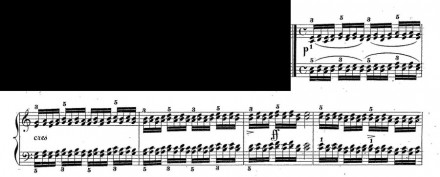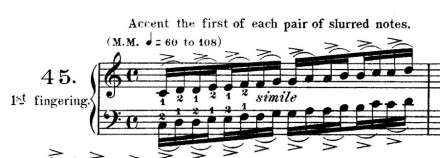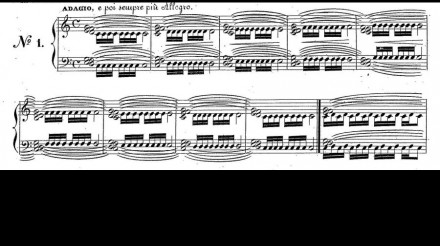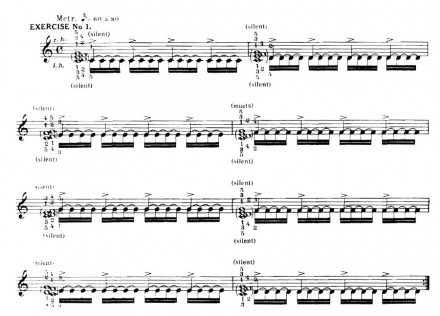Friedrich Kalkbrenner (1785-1849) – Part 5
One could assume that Kalkbrenner’s “Méthode de piano” based on the practice only for the fingers were of no use for the new generation pianists yet not lesser than Liszt wrote: “….Dank meinem eifrigen Studium der Kalkbrenner’schen Klaviermethode…”, “…thanks to my zealous study of Kalkbrenner’s piano method…” Did Charles-Louis Hanon, whose exercises are still played by the beginners today, know and use Kalkbrenner’s method? Without any doubt – how else to explain this striking resemblance?
And so on and so on…
Amazing is also the similarity with some of Alfred Cortot’s exercises, written a century later:
Another interesting aspect of the “Méthode” points D. Rowland in his important book “A history of a pianoforte pedaling”: ”In general, however, pianists of the post-Beethoven and London school era regarded the una corda pedal with some suspicion. Only one tutor speaks wholeheartedly in favour of it: the Méthode of Friedrich Kalkbrenner, a pupil of Louis Adam who spent most of his performing life in Paris: “(The una corda) produces a marvelous effect in all diminuendo passages, and may be used when a composer has marked a diminuendo, morendo, or pianissimo.” A large number of markings for una corda are found in Kalkbrenner’s music- far more than in that of any of his better-known contemporaries.”







